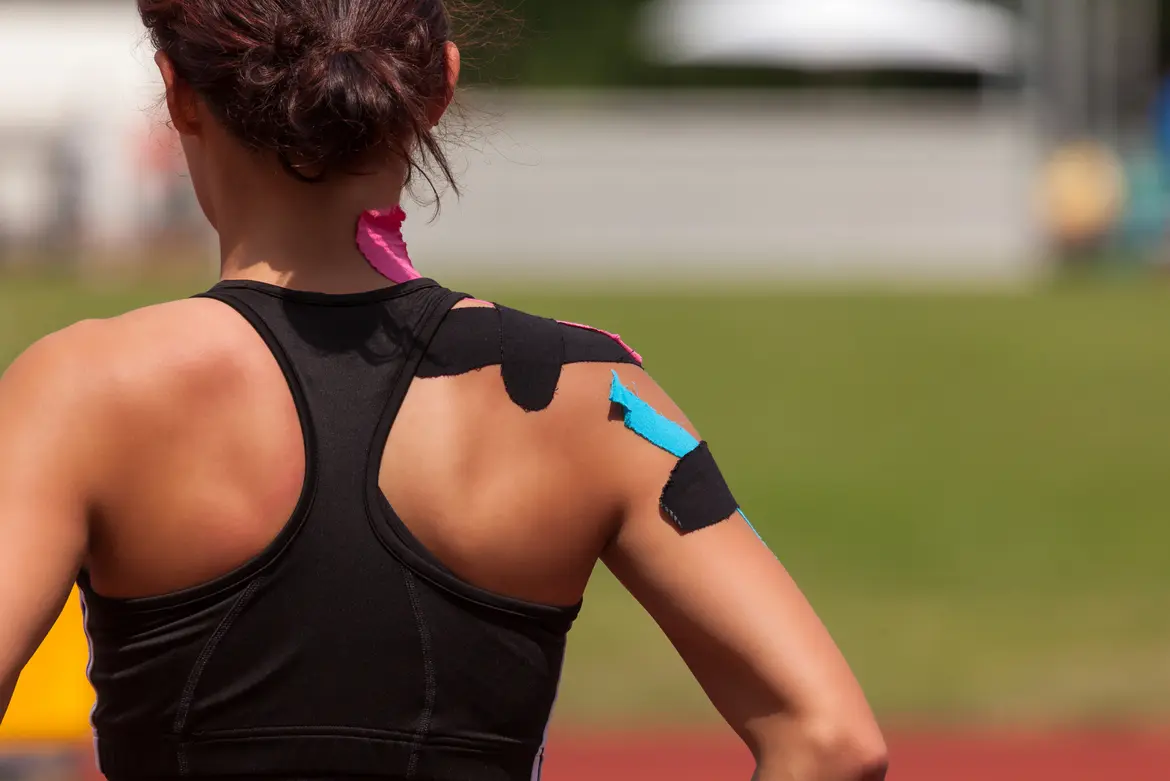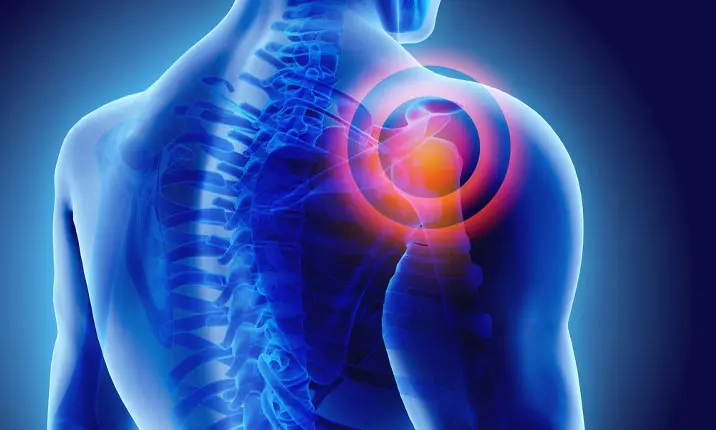Dr Ramesh Subramaniam
Orthopaedic Surgeon


Source: Shutterstock
Orthopaedic Surgeon
Dr Ramesh Subramaniam of Mount Elizabeth Hospitals explains how early treatment of sports injuries is important to prevent future problems.
Sports injuries usually result from overuse, insufficient warm-up, overexertion of muscles and ligaments, or unfortunate accidents such as falls or clashing into another player.
There are 2 kinds of sports injuries.
Acute injuries happen suddenly, such as sprained ankles, strained backs and broken bones. Depending on the type of injury, symptoms of acute injuries include:
Chronic injuries happen after you play a sport or exercise over a long period of time. Symptoms of a chronic injury include:
Research has shown that there is a higher risk of repeated muscle and joint injuries if you do not achieve full recovery from the initial injury. It is important after suffering an injury to seek medical attention quickly, get an accurate diagnosis and undergo rehabilitation. Sometimes, if there is structural damage from the injury, surgery may be required for reconstruction or repair of the damage.
Here are some sports injuries that may cause future problems if not treated promptly and adequately.
Knee injuries are common in sports such as football, rugby, basketball, netball. They are also common in skiing activities. During these sports and activities, the knee is subject to forces from the twisting and turning movements of the lower limb. This places undue stress on the ligaments of the knee which can get strained or rupture completely.
It is common to hear accounts of a 'cracking' or 'popping' sound in the knee joint when there is a sudden twisting of the knee. The knee then starts to swell, and it becomes impossible to continue playing the sport. This almost always points to a ligament injury of the joint resulting in bleeding into the joint (haemarthrosis).
Symptoms and signs of knee injury vary according to the type of injury and the part of the knee that was injured. The following symptoms may be an indication of a knee injury:
Cruciate ligaments are ligaments in the middle of the knee joint. Rupture of these ligaments make the joint unstable. Instability of the knee joint will lead to repeated injuries of the knee, and cartilage wear and tear over the long term.
For these reasons, it is important to get a scan of the knee joint and consider ligament reconstruction surgery, if ligament rupture is suspected. Ligament reconstruction of the knee has been shown to delay cartilage degeneration or osteoarthritis of the knee joint.
Besides ligaments, the meniscus of the knee joint may also be injured. The meniscus is the 'cushion' or shock-absorbing soft tissue in the knee joint. Tear of the meniscus may result in swelling of the knee and restriction of motion of the knee. Not addressing a meniscus tear promptly will lead to cartilage injuries in the long term.
Treatment for a knee injury depends on the part of the knee that is injured and the extent of the injury.
Mild injuries such as simple strains or sprains can be treated at home using the RICE method. This method can also be used as first aid for an extensive injury. The RICE method involves the following steps:
Physiotherapy is helpful to strengthen and stretch the muscles surrounding the knee and to also allow for better movement mechanics of the leg and knee to help prevent future injury.
Your physiotherapist will teach you techniques to reduce pain, kneecap taping, exercises for increased mobility and strength and associated rehabilitation techniques.
Over-the-counter nonsteroidal anti-inflammatories (NSAIDs) such as ibuprofen or naproxen may help treat the pain and inflammation from minor or chronic injuries.
Surgery may be required for tears of the ligaments or extensive meniscal tears, fractures or dislocations of the knee. Some acute injuries, such as those with high-force impact or damage in multiple parts of the knee, may require emergency surgery.
Most knee surgery can be done by arthroscopy, where a camera is used and small punctures are made in the knee to insert instruments. In this way, the injury can be treated without having to open the knee with a large incision.
Open surgery may be required when the injuries are more severe and the entire joint needs to be laid open for repair.
Ankle sprains are very common in the general population. You do not need to be playing sports to sustain an ankle sprain. An awkward step, or tripping over while walking or slipping on a wet surface may cause this common injury. When an ankle is sprained, the ligaments, which are tissues that stabilise the joint, are partially or completely torn. Though these ligaments have the ability to heal well, there is a higher risk of repeated sprains in the future.
Signs and symptoms of a sprained ankle vary depending on the severity of the injury. They may include:
The following tips are helpful to prevent a sprained ankle or a recurring sprain:
Ankle sprains that are not treated promptly may also give rise to prolonged swelling and chronic stiffness.
This affects the other joints of the lower limb during the gait cycle and may cause knee and hip pain in the future.
For minor ankle sprain that you can manage at home, use the RICE approach for the first 2 or 3 days:
Over-the-counter pain relievers, such as ibuprofen, naproxen or paracetamol are usually enough to alleviate the pain of a sprained ankle.
Inadequate rehabilitation of a sprained ankle may lead to poor proprioception (the ability of your brain to sense the position and movement of your joints) and poor balance for future activities. A key focus of physiotherapy after ankle sprains is to restore proprioception and balance of the joint.
It is crucial to have prolonged pain from an ankle sprain evaluated by a physician. MRI scans will be very useful to exclude an osteochondral injury. This refers to structural damage to the bone and cartilage of the talus bone in the ankle.
Structural damage may require surgical intervention, or there may be issues in the long term with weight bearing and ankle function.
Surgery may involve the repair or reconstruction of a ligament.

These soft tissues may be injured in sports injuries, especially during impact to the shoulder, which are common in contact sports like soccer, rugby, martial arts and boxing.
Shoulder injuries also frequently occur when engaging in activities that involve excessive, repetitive overhead motion, such as swimming, tennis, pitching and weightlifting. Injuries can also occur during everyday activities, such as washing walls, hanging curtains and gardening.
These soft tissue shoulder injuries come with persistent pain or instability. They need to be evaluated by an MRI as x-rays alone may not be able to diagnose them. It is advisable to seek an opinion from an orthopaedic specialist for these shoulder injuries, to know the treatment options for them.
Shoulder injuries vary in their severity. Symptoms may include:
The following tips may help to prevent shoulder injuries in sports:
Most of these injuries are treated with physiotherapy but in situations where there is structural damage to the labrum or rotator cuff tendons, surgery is highly recommended. Failure to address these injuries may lead to progressive damage of the shoulder and more complex problems in the future.
Inflammation of the shoulder tendons may be treated with physiotherapy. Chronic inflammation without treatment may lead to damage of the tendons and even progress to a full thickness tear. When this happens, there may be persistent pain and an inability to raise your shoulder due to weakness. An untreated tendon tear may lead to progressive arthritis of the shoulder joint.
The labrum is a soft tissue that deepens the socket of the shoulder joint. It can tear when the shoulder dislocates completely or partially. Tear of the labrum will render the shoulder joint unstable and an unstable joint will wear out in the long term. Thus, it is usually highly recommended to seek surgical repair for a torn labrum of the shoulder.
Musculoskeletal injuries are commonplace in sports and physical activity. Proper warm-up and physical conditioning is essential to prevent injuries. However, when an injury strikes, it is important to seek medical attention to evaluate the injury and consider treatment options early. Neglecting a sports injury or playing on despite the pain or swelling, may end up doing more harm to the joints and body in the future.
Here are some steps you can follow to prevent a sports injury: